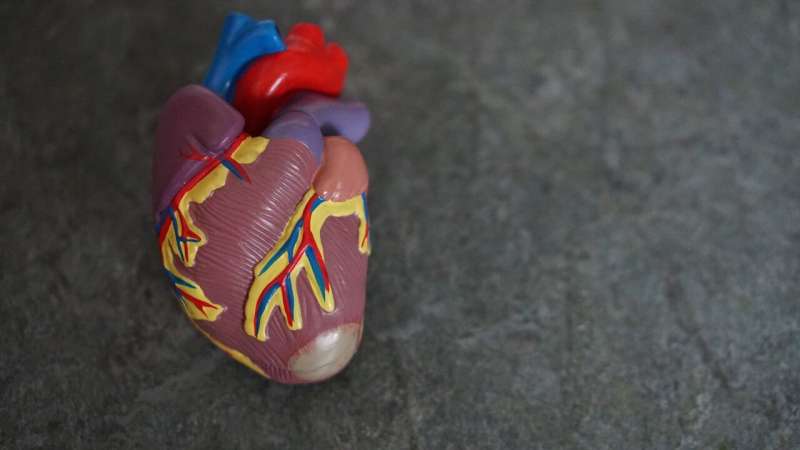
A team of leading drug researchers have published a high impact review that sets out to provide guidance on how pre-clinical studies of diabetic heart failure should be designed to most closely mimic the human disease.
The review, published in Trends in Pharmacological Sciences and led by the Monash Institute of Pharmaceutical Sciences (MIPS), examined the currently available preclinical models designed to specifically investigate diabetes-induced heart failure, also known as diabetic cardiomyopathy (DC), highlighting their strengths and weaknesses in unmasking new translational opportunities to tackle the unmet clinical need of DC.
Corresponding author and MIPS Drug Discovery Biology Theme Leader, Professor Rebecca Ritchie, said that preclinical models represent a vital component for understanding the cause of disease, which is essential for the discovery of new targeted treatments.
“Diabetic patients have increased risk of developing cardiac abnormalities that increase susceptibility to heart failure, however there is a lack of effective treatments for DC and an urgent, unmet clinical need remains.”
“Our hope is that by providing fellow researchers with a comprehensive understanding of the pros and cons to current preclinical models of DC, that it will help to address knowledge gaps and pave the way for potential new treatments.”
As the main difference between the two types of diabetes is that type 1 diabetes is a genetic disorder that often shows up early in life, and type 2 is largely diet-related and develops over time, the ideal use of preclinical models for DC needs to fit the characteristics of each type of diabetes.
First author, Dr. Darnel Prakoso who sits within the Monash Heart Failure Pharmacology team said: “In this review we dissected the currently available pre-clinical models of type-1 and type-2 diabetic preclinical models of cardiomyopathy and their relative ability to mimic the cardiac pathology present in human DC.”
The researchers highlight that as there is currently no perfect preclinical model that perfectly mimics the full observational characteristics of diabetes-induced cardiomyopathy, the choice of model should be guided by what the study is seeking to interrogate.
“For example, if a study has set out to examine the progression of type-1 diabetes-induced cardiomyopathy, then an preclinical model that develops a spontaneous immune response is probably best, mimicking what is seen in the clinic. However, in cases where the objective is to dissect specific pathways or proteins, a model that is both well characterized and no genetic manipulation should be use,” said Dr. Prakoso.
Source: Read Full Article
